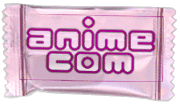|
Article by Brian Cirulnick
Osamu Tezuka: Among newer otaku the name Tezuka might be unknown, or maybe you've heard his name spoken of with great reverence, but you're not quite sure who he is; so let me say now and with great force, so you understand completely and without any misunderstanding that Osamu Tezuka is simply the most important individual in all of anime, as he quite literally invented everything commonly understood as "anime" as far as most people are concerned.
Everything: The big, expression-filled eyes, the simple animatable bodies; the odd proportions that result in long legs with short bodies, cats girls, the obsession with sci-fi subject matter, overt sexualism in "cartoons", and just about everything else you can think of when it comes down to what defines "anime".

Now that alone might be enough to make the man a historic figure; but it doesn't stop there, as Tezuka is *also* "manganokamisama" -- the god of comics -- his work also encompassed the very definition of manga as well, he set the standard everyone else was to follow. And he was prodigious; he didn't just create fantastic high-quality manga, he created more it of than just about any other manga artist ever; filling entire libraries.
In native Japan, he is legendary; he's essentially the Walt Disney of Japan, as well as their Stan Lee, Will Eisner, and Jack Kirby. And perhaps their Isaac Asimov as well, since one of his most popular creations is a friendly little robot most of us recognize in the USA as "Astro Boy".

Regardless of which of these titles you wish to give the man, it is wholly deserved. He didn't *merely* change the future of manga and create anime as we know it, he worked ceaselessly. Over the course of his career, Tezuka created and wrote more than 700 manga series containing an estimated 170,000 pages of drawings, and another 200,000 pages of anime storyboards and scripts.

Tezuka's full life story and a full listing of his accomplishments is the subject of a complete book (actually several complete books); but we'll just condense his life story to say that he grew up in a family that supported his "hobby", but urged him to become a doctor. And so, become a doctor he did (in case you already feel inadequate by comparison), in addition to creating everything we hold dear as anime and manga.

New Treasure Island (1947)
Not long after entering medical school Tezuka sold the manga "New Treasure Island" to a publisher, the first in a long line of his adaptations of Western literature. Treasure Island was his "big break", catapulting him to national fame. Even while completing medical school, he published the manga at a furious clip, garnering larger newspapers and increased circulation.
However, it was Tetsuwan Atom that synonomized Tezuka to stardom and made his name a household word. Suddenly the manga industry was reborn. Before, comics were not widely read, but Tetsuwan Atom spread far and wide, engulfing all walks of life in Japan.
From 1950 until his death, Tezuka worked non-stop. Dr. Tezuka saw the rapidly expanding technology of television as his future. He predicted that the best way to reach a larger audience than the movies was through the black and white box that sat in every home that could afford one. He also decided that his first made for TV animation would be based on his number one best selling manga, Tetsuwan Atom.
Even he could not have foreseen that his Astro Boy would take anime global and offer Tezuka international fame, but Astro Boy launched an entire industry of made-for-TV-anime. To this day the title music from Tesuwan Atomu is played at sporting events in Japan.
Ever the workaholic, he produced nearly 500 anime episodes -- and all this while also continuing to conceive, write and draw volumes of some 700 different manga titles.

Mushi Productions grew to be one of the largest animation houses in the business by the time Dr. Tezuka stepped down from the position as Acting Director in 1970. Among his achievements there, it should be noted that he produced an animated version of his manga, Jungle Emperor (seen in the U.S. as Kimba the White Lion), and that he beat out Ralph Bakshi's Fritz the Cat as the first X-rated animated film with his production "Cleopatra, Queen of Sex".
In 1982 he left commercial animation altogether, and began to produce personal films, abandoning the TV animation "factories" that he had pioneered. His efforts bore fruit when, at the international Zagreb Animation Festival, he gave the world the experimental film, Jumping. Jumping was a seven minute piece of genius, and won the grand prize at the festival.

Not to be outdone by himself, next year, the Festival in Annecy saw the premiere of Broken Down Film; which is what the title claims it is. The elaborate pranks confused even hardened projectionists, and the audience loved it. Though no awards are given at the Annecy Festival, it won grand prize at the Hiroshima Festival. Osamu Tezuka became an honored name among independent animators, impossible as it may seem, ever growing his worldwide fame.
He made the films he wanted to see, and in doing so, gave us something more than anyone had ever imagined. Tezuka's enduring impact on Japanese popular culture - indeed, on world popular culture - is nearly impossible to overstate. To dismiss his work as too "cartoony" in this modern age of high-tech anime is to overlook how revolutionary it was at the time; and, as far as storytelling goes, it is open for debate as to if he has ever been topped. Every animator and anime director and manga artist in Japan was directly influenced by this one individual. He was truly an exceptionally influential artist.
|
|
|
 |
|

The early manga of Tezuka, starting with Metropolis, 1949:
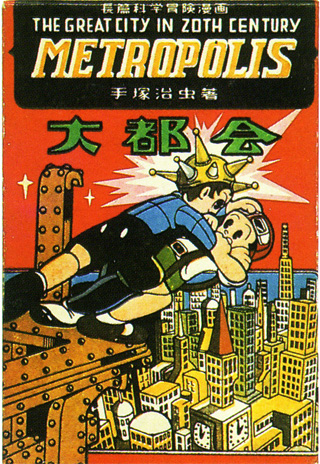
Jungle Taitei (Jungle Emperor), 1950:
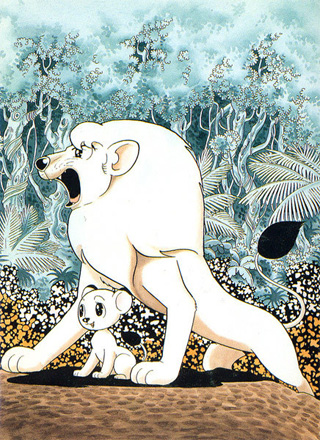
Tetsuwan ATOM (Astro Boy), 1952:

Ribbon no Kishi (Princess Knight), 1953:
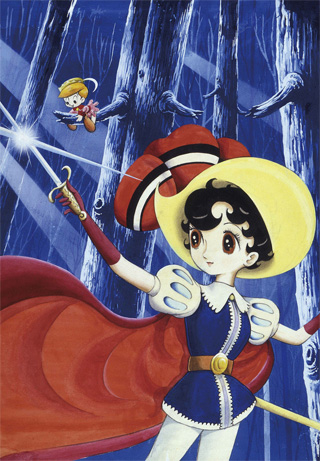
Hi no Tori (Phoenix), 1956:
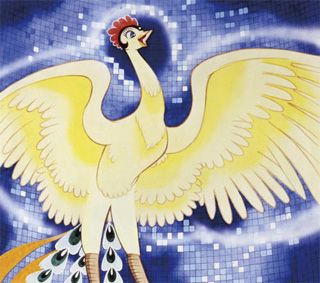
Twin Knight, 1958:
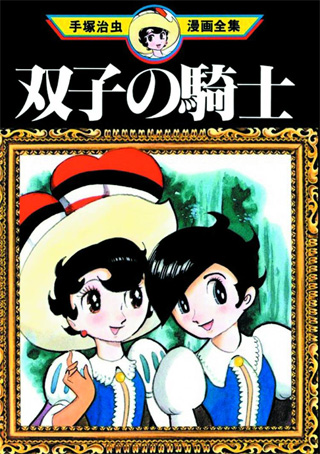
|
|
|
